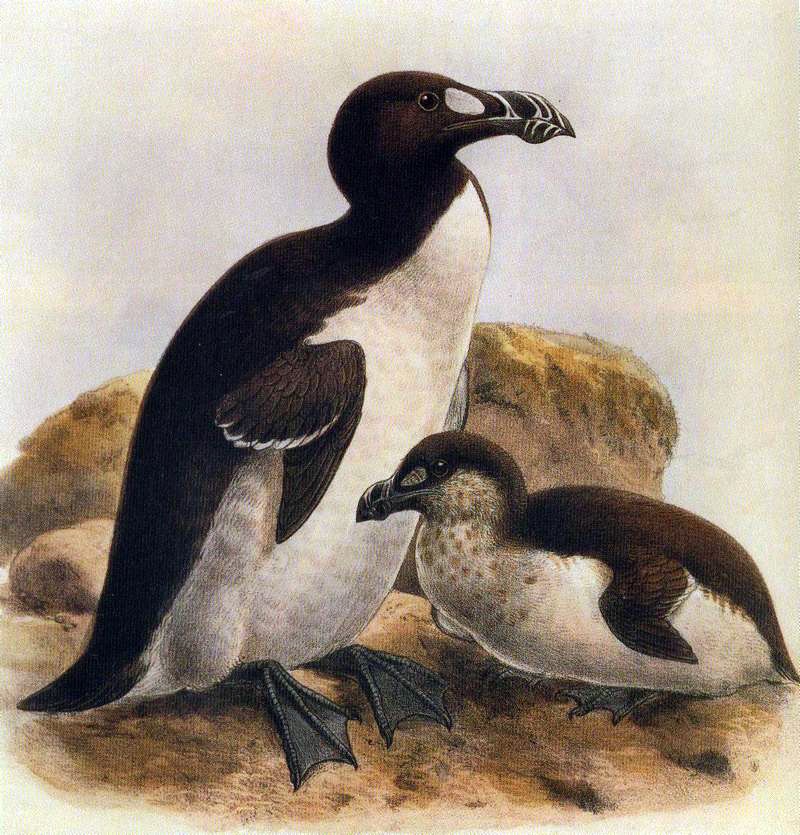For thousands of years, people have been messing with natural life. Is the resuscitation of extinct animal species possible? We've gotten pretty adept at it, too; to date, we've developed crops with built-in pesticides, drug-producing microbes, and even a dog that glows in the dark.

We're still working on reviving extinct animals, although we've made great strides in genetic engineering.
However, researchers are working on it. Bringing back extinct species is the subject of a whole area of biology.
De-Extinction
This graphic gives a quick overview of the exciting research subject known as resurrection biology-also known as de-extinction-using data from Science News.
To discuss the advantages of De-Extinction, first things first-what is the purpose of resurrecting extinct species?
De-extinction has a lot of positive effects on research. For instance, some researchers think that examining the behavior of ancient species might help close specific gaps in our understanding of evolution.
Potential Benefits
De-extinction could potentially be advantageous for the environment. This is since when an animal goes extinct, all the plants and animals that are a part of its food chain are negatively impacted.
As a result, returning extinct animals to their former habitats may aid in restoring and rebalancing unstable settings.
Even the de-extinction of species has the potential to halt global warming. Suppose we were to put a species related to the woolly mammoth back into the tundra, according to scientist Sergey Zimov. In that case, it may help repopulate the region, regenerate old plains, and potentially prevent the melting of the ice caps.
The DNA of a species is the essential component needed to recreate it.
Unfortunately, DNA steadily deteriorates and cannot be recovered after it has fully vanished. According to research, DNA has a half-life of 521 years, meaning that it will have disappeared after 6.8 million years.
Because of this, ancient creatures like dinosaurs have essentially little possibility of returning. However, many species that became extinct more recently, like the dodo, could stand a chance of survival.
Employed Methods
There are three basic methods for preventing extinction:
Cloning
The only technique to produce a precise DNA copy of something is in this manner.
However, a whole genome is required; therefore, this type of genetic rescue works best with recently extinct or near extinct species.
Genome Editing
Genome editing involves changing DNA to resemble extinct DNA.
There are several ways to do this, but generally speaking, the procedure entails changing the genomes of existing species to create a new species that closely mimics an extinct one.
This process will result in a hybrid species that only vaguely resembles the ancient animal since the DNA is not a replica of the DNA of the extinct species.
Back-Breeding
a type of breeding where identifying characteristics from extinct species-such as horns or color patterns-are bred back into current populations.
This calls for the characteristic to still occur sometimes in related species, and the feature is then selectively bred back into favor.
Like genome editing, this technique doesn't bring back extinct species but rather the DNA and genetic variation that gave them a unique characteristic.
Should we revive extinct species?

While the notion of reviving extinct animal species has generated a lot of interest and promise, some people think our efforts would be better directed in other directions.
According to studies on the economics of de-extinction, funding conservation initiatives for already existent species will result in the preservation of between two to eight times more species than investing in such initiatives.
A researcher at Carleton University in Ottawa named Joseph Bennett stated in a Science article that "if [a] billionaire is simply interested in bringing a species back from the dead, power to him or her."
Bennett said, "But it's dishonest if that billionaire is couching it in terms of being biodiversity conservation. With the same resources, many species currently in danger of going extinct may be spared.
Related Article : 5 Most Famous Cloned Animals in History
For the most recent updates from the animal kingdom, don't forget to follow Nature World News!
© 2026 NatureWorldNews.com All rights reserved. Do not reproduce without permission.





